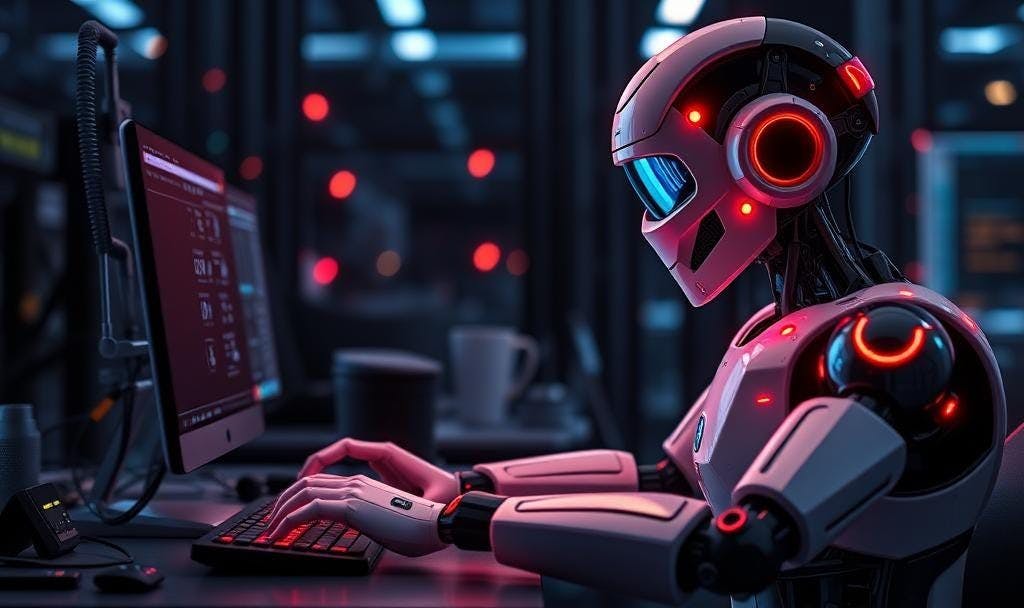Summary
- Flickering or intermittent black screen often signals an HDMI cable is failing; swap device to confirm.
- Crackling or missing audio can be HDMI-related; try a different cable or source to isolate it.
- Frayed or exposed wires mean replace now; use braided cables or in-wall routing for durability.
HDMI cables have been around for a few decades now, and you might be surprised to learn that you’re using one that’s old enough to vote. While it might be working fine now, it might be on its last legs without you even knowing it. Instead of riding with your cable until the wheels come off, you can be proactive and plan ahead.
There are usually signs leading up to a failure, and if you’re able to pinpoint them, you can have a replacement cable ready to go. Using the cable until it displays nothing but a black image works too, but I like to avoid that when I can. Thankfully, HDMI cables aren’t usually that expensive, so if you have to go out and buy a replacement quickly, it’s not something that will break the bank. Depending on how long you’ve been using the HDMI format, you might even have some extras sitting around in a box somewhere.
Image keeps cutting out
A telltale sign
If your screen keeps flashing black, it means the time is almost near. This has happened to a few of my cables, and while it’s a bummer when it happens, it feels like the most common way an HDMI cable fails. Before the outright failure, you might notice things like your screen flashing every now and then, and unplugging it and plugging it back on could be a fix for a little bit.
Eventually, the problem becomes persistent enough that a complete replacement is better. Aside from the flickering, distorted colors are something to look out for. If something looks strange on your screen, it likely means you have a problem with your cable. You can troubleshoot by changing the cable to a new device, like switching from an Xbox Series X to an Apple TV 4K. If the problem still persists, then it likely means your cable is the culprit. Luckily, it’s a lot cheaper to replace a cable than an Xbox.
Audio having problems
This is possible too
Your HDMI cable provides both the image and audio for your movies and TV shows, so both of them are things you have to keep an eye on. If you notice crackling while you’re watching something, that’s a good sign that something’s wrong. Of course, hearing nothing at all is another bad sign.
Like you would with a cable that has its picture cut in and out, plugging it into another device is a good way to troubleshoot. If you have the same problem, then there’s more than likely a problem with your cable, and you should start looking into picking up another.
Your cable is fraying
An obvious one, but worth pointing out
A lot of people use cables until their dying days, and if you’re anything like me, you risk an electrical shock sometimes. I used to have a USB-C phone charger that had exposed wiring, and while I should’ve replaced it earlier, I kept using it for a while. HDMI cables aren’t usually prone to that type of fraying because you shouldn’t be moving around an HDMI cable very often, but it can happen. It’ll typically happen around the top where you plug it in, at least in my experience with cables.
If you have a longer cable, there’s a chance it’s more exposed than shorter ones. Pets or children could end up playing around with your cable, and that could open it up to fraying. There are some ways around this, but it means you have to spend some cash. You can either route your cable through walls or go with braided cables. In my experience, braided cables are far more durable, and they don’t cost a lot more than your regular cables do. If your HDMI cables often find themselves in the line of fire, you should take some precautions to make sure your cables last as long as they can. This could be a rare situation where a gold-plated HDMI cable is worthwhile.












